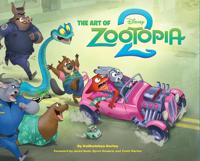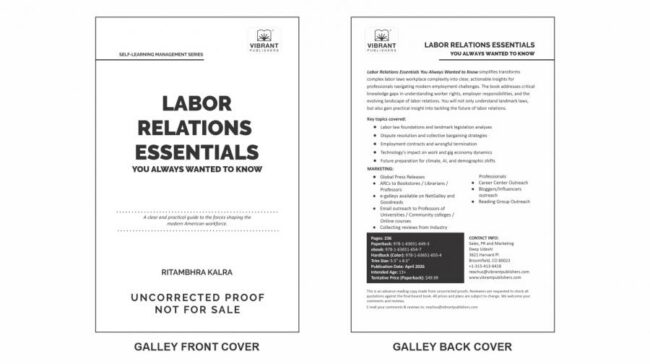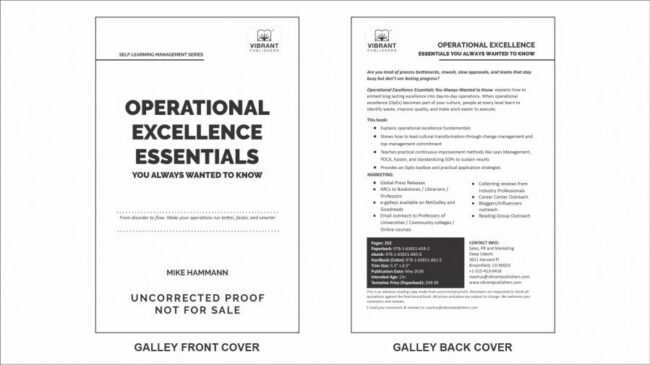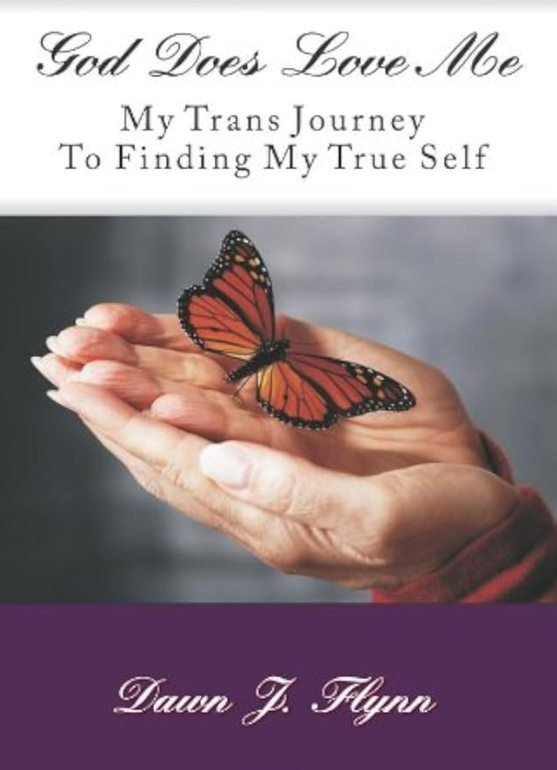Of grieving, books, mystery, protest and power
Book reviewer COLIN STEELE reflects on his top five books for 2025.
The … Field: The Book of Dust, Volume Three (David Fickling Books, $34.95 … ) is the final part of his Book of … Commonwealth in 2019. The five books to date have sold more …










